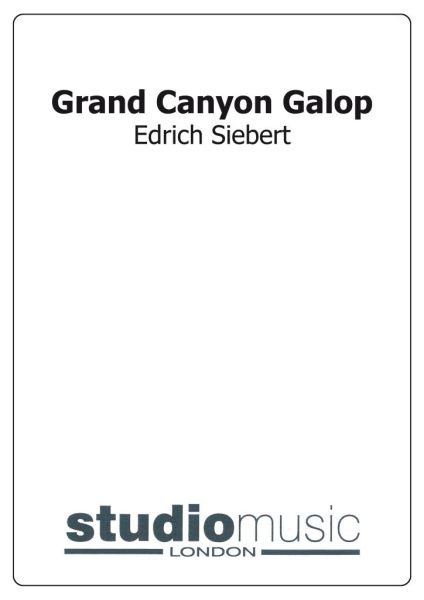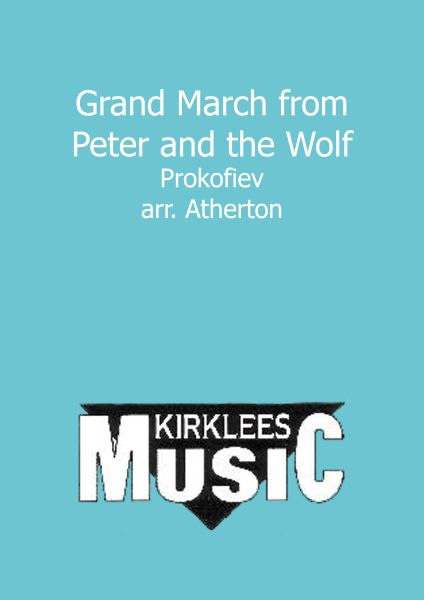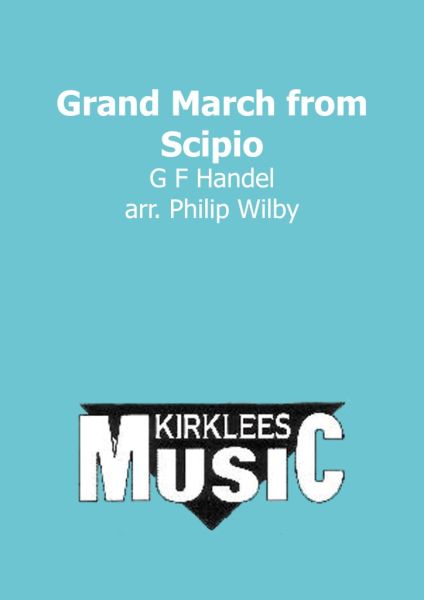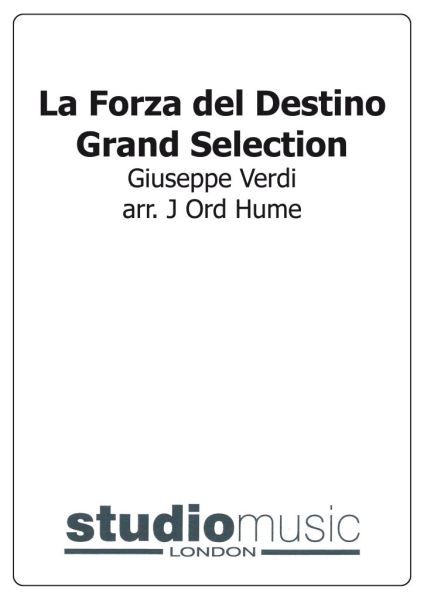We've found 162 matches for your search. Order by
Results
-
£40.00
Romeo and Juliet (grand selection) - Gounod, C - Hawkins, G
In Stock: Estimated dispatch 1-3 working days
-
£33.00
The Rose of Castille (grand selection) - Balfe, MW
Includes a full band set (no score)
In Stock: Estimated dispatch 1-3 working days
-
 £19.95
£19.95Tannhauser (Grand March) (Brass Band - Score and Parts)
Estimated dispatch 7-14 working days
-
 £32.95
£32.95Grand Canyon Galop
Estimated dispatch 7-14 working days
-
 £24.95
£24.95Grand March from Peter and the Wolf
Estimated dispatch 7-14 working days
-
 £24.95
£24.95Grand March from Scipio
Estimated dispatch 7-14 working days
-
 £54.95
£54.95La Forza del Destino Grand Selection
Estimated dispatch 7-14 working days
-
£82.95
Rienzi Grand Selection (Score and Parts)
Estimated dispatch 7-14 working days
-
£37.95
Rienzi Grand Selection (Score Only)
Estimated dispatch 7-14 working days
-
 £44.95
£44.95Solennelle Grand Overture 1812
Estimated dispatch 7-14 working days
